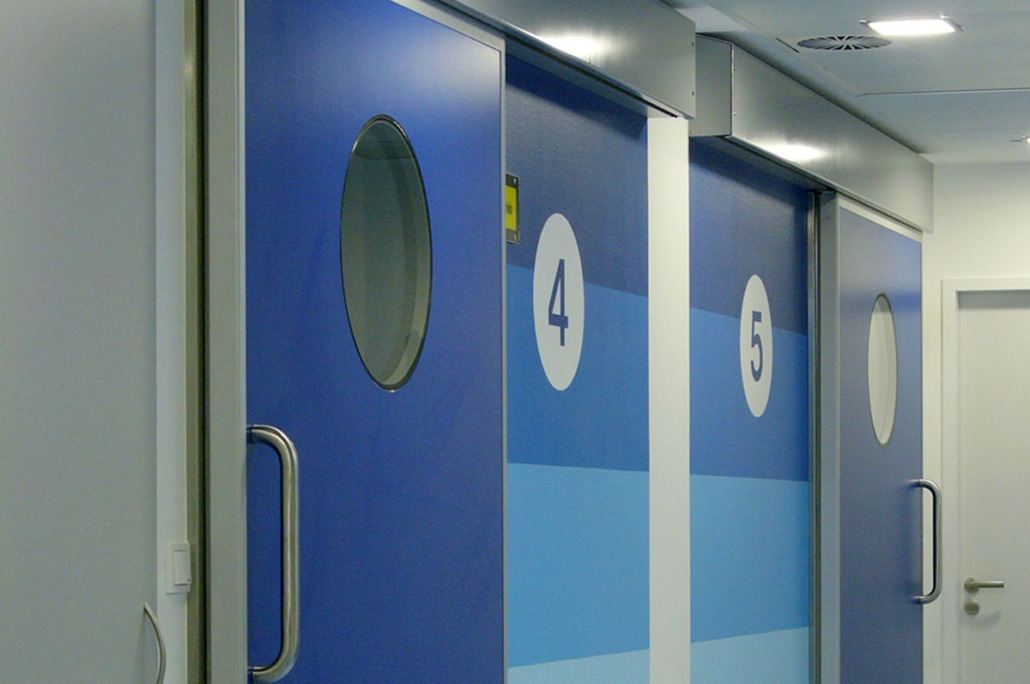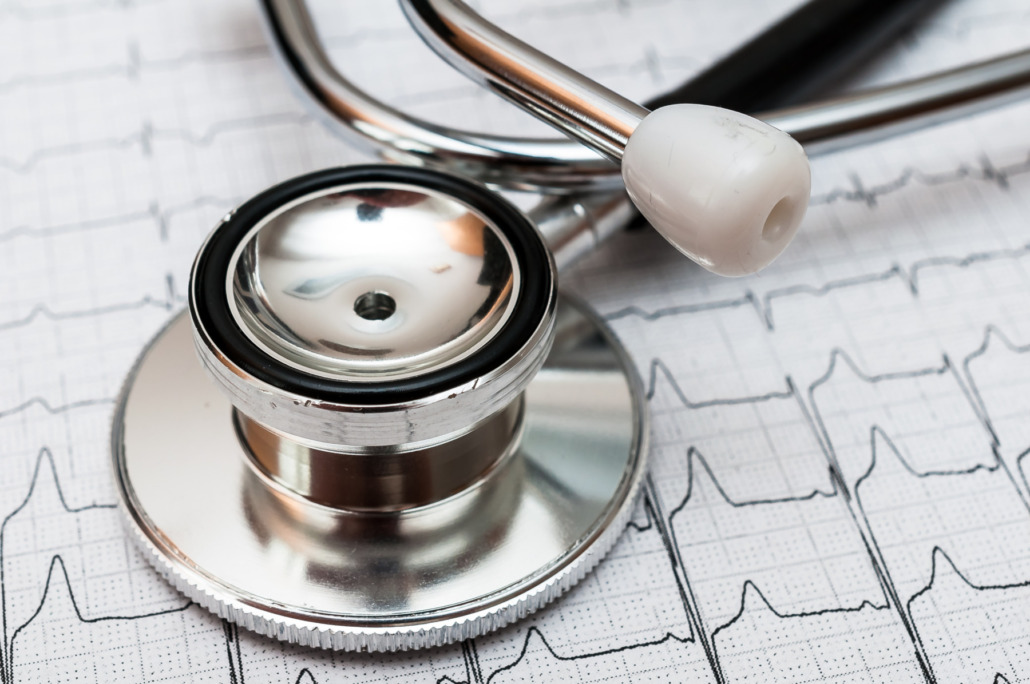Patient information
Dear Patient,
You would like to have an outpatient operation. We want to determine and carry out the best possible anesthetic procedure for you. To do this, you should visit our practice a few days before the planned procedure. Please be sure to bring your insurance card with you, as well as the protocol sheet drawn up by your family doctor for the documentation of the findings as part of the pre-anesthesia assessment. This contains important information on previous illnesses, ECG, laboratory results and possibly x-rays of the lungs. The findings should not be older than two weeks.
Please bring this patient information and anamnesis sheet completely filled out with you to the pre-anesthesia assessment interview. On this occasion we can get to know each other and answer all your questions about the process and the anesthesia.
Here you can send us your medical reports.
Please follow the instructions below for behavior …
… before the operation:
- Sobriety applies, i. H. You are not allowed to eat, drink, smoke, suck or chew anything eight hours before the planned surgery date – exception: you take your medication at the usual time with a sip of water. In case of doubt z. B. If you are taking antidiabetic drugs and ASA, discuss the procedure with us. You can drink plain water up to 3 hours before the planned surgery date.
- It is imperative that you are picked up from the clinic by an adult companion after the operation and that someone looks after you until the next day! If you do not have this option, you can spend the night in the clinic (possibly for an additional fee). Talk to us if you would like to take advantage of this offer. Should your health suddenly deteriorate, e.g. B. a feverish infection occurs, please inform us immediately!
- Come on time, sober and freshly showered for surgery! Please do not use make-up, lipstick or nail polish. Leave jewelry, large sums of money and valuables at home! We assume no liability for this.
- Put on loose, comfortable and clean clothes.
… after the operation:
You will stay in the recovery room for one to four hours after the operation and then have to be picked up and brought home by an adult accompanying person. We would be happy to call your collector.
Notes on the procedure for outpatient anesthesia:
Please come to the practice registration on time at the agreed time. In the preparation room you can change your clothes, shoes, dentures and contact lenses in the lockable cupboard. Pain must be prevented during operations. This is done with the help of an anesthetic. During the procedure, the anesthetist ensures that vital body functions are maintained, especially the circulatory system and breathing. In a preparatory meeting, the anesthetist will recommend the gentlest and safest anesthetic procedure for you, because the following applies: There is no anesthesia without risks!
General anesthesia puts you in a sleep-like state in which you are unconscious and without any pain sensation. Before the induction of anesthesia, an indwelling venous cannula will be placed in your hand or arm. An anesthetic is then injected over it. For short interventions, you will receive oxygen and anesthetic gases through a mask that is held in front of your mouth and nose (mask anesthesia). For longer interventions, after you have fallen asleep, a tube (tube) is inserted through the mouth into the throat (anesthesia with laryngeal tube / laryngeal mask) or into the windpipe (intubation anesthesia).
Risks: allergies, heart, circulatory and ventilation problems, risk of embolism and thrombosis. Life-threatening incidents are very rare. We try to prevent complications through the best possible monitoring of breathing, circulation and other important body functions. B. Nerve damage after lying on the operating table, tooth damage and hoarseness after intubation, nausea and vomiting.
If you are not sober, there is a risk of suffocation from vomit! The regional, conduction or infiltration anesthesia numb the pain in one region of the body or exclusively in the operating area for a few hours. To do this, a local anesthetic is injected at certain points. With arm plexus anesthesia, this is done in the armpit area. For intravenous regional anesthesia (of the arm or leg) into a vein.
Risks: Damage to blood vessels and nerves with symptoms of paralysis, bleeding and infections are extremely rare.
After the end of the operation, you will be transferred to the so-called recovery room, where you will continue to be looked after until you are discharged or transferred to the ward.
Directions
Parking spaces:
The entrance to the underground car park is on Seidlstraße directly after the taxi stand.
You will find our parking spaces on the 2nd basement floor. Go down the ramp and go straight on to the right. There you will find our patient parking spaces on the parking spaces with the numbers 2-03-2-10.
You will also find various parking spaces in the 3rd basement.



